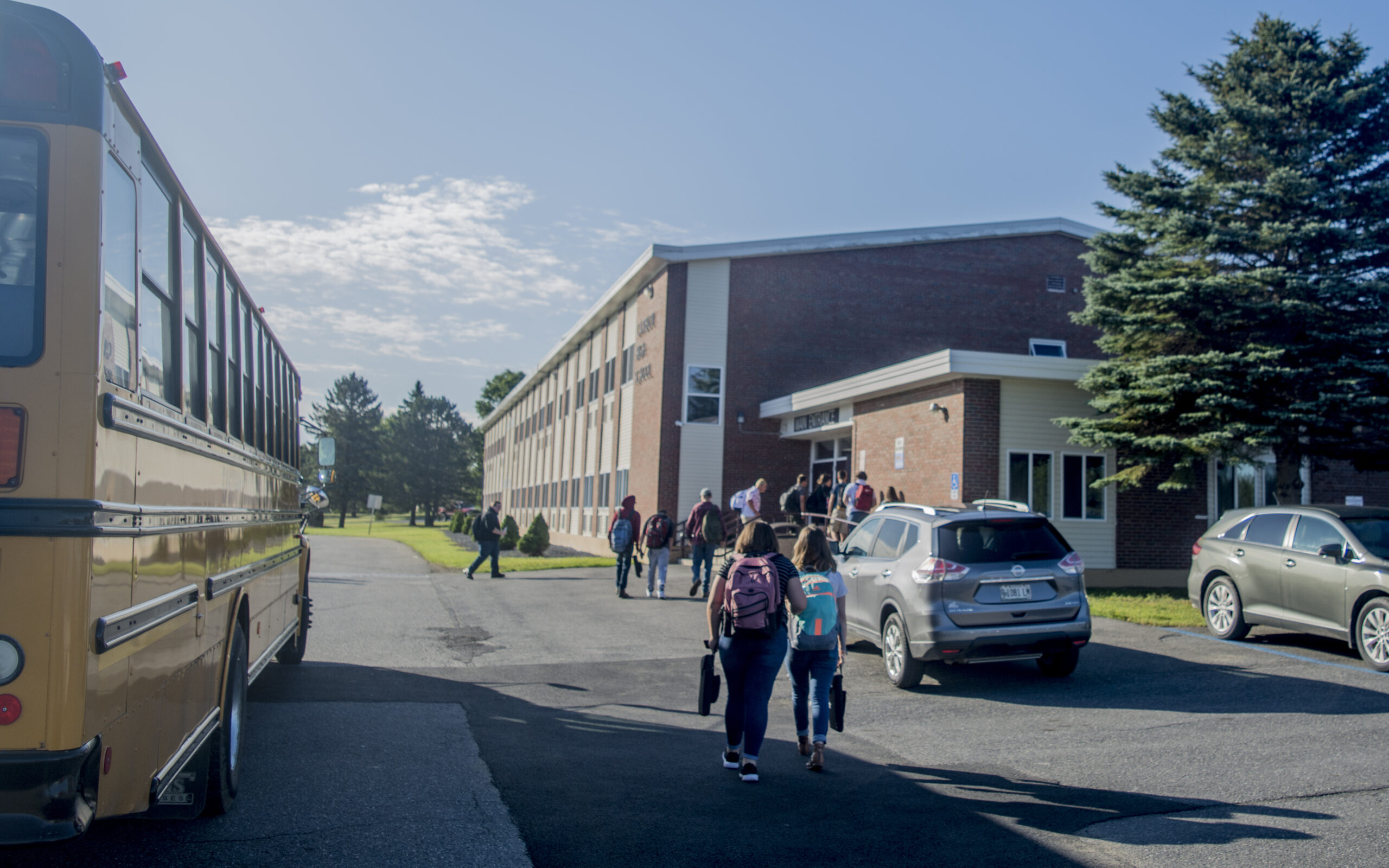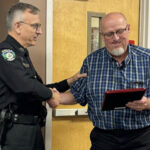
CARIBOU, Maine — RSU 39, the Caribou and Stockholm school district, is discussing options for a safe return to school amid the COVID-19 pandemic.
The state is requiring masks or face coverings for all students and staff in schools, which can only be removed during breakfast, lunch and established breaks during the school day. RSU 39 has sent out surveys to determine whether parents still plan to send their children to school with masks and whether they could transport their children to school if access to busing was reduced to accommodate social distancing requirements.
RSU 39, along with other schools across the state, is looking at three options for the upcoming school year — to completely reopen, to have students continue learning from home or to adopt a hybrid of the two options, respectively referred to as green, red and yellow options.
For the hybrid model, one group of students would go to school on Mondays and Tuesdays, the second group would attend on Thursdays and Fridays, and all would learn from home on Wednesdays when the school is shut down for a deep cleaning.
The RSU 39 board of education held a workshop meeting on July 22 and plans to approve a plan at the next meeting on July 29.
Doak, during the July 22 workshop, said he would be in favor of beginning instruction with the yellow, or hybrid model, and then adjusting to either green or red based on the status of the COVID-19 pandemic. He also suggested that it be broken down into northern, central and southern regions when looking at the status of the virus.
He said on July 23 that he and local superintendents are working to determine a threshold for the number of active cases in the area that would trigger a move from one model to another.
While the actual number has not yet been determined, he said they are looking at going into red, or remote learning, with 20 or more active cases in the region, using the hybrid model when there are from six to 19 cases in the region, and opening the schools, but being on alert, with zero to five cases in the region.
“We haven’t okayed those numbers but that’s what we’re looking at,” he said. “I know the St. John Valley schools are using those numbers and I think we need to look at something similar; we need something concrete.”
Doak, who also works as the MSAD 20 superintendent, said he has been working with board members and teachers since late May to determine the best method for returning to schools.
If school starts with the hybrid model and all goes well, Doak said everything could be moved down to green after harvest break.
“We can ease into this and get a better understanding of what lunch would be like, what it’s like for students to socially distance, and to sanitize their hands after touching equipment or when they leave one class and go into another. I’d rather do that with 200 kids than 400 at first.”
When school moves into the green model and reopens for all students, Doak said it would be far from normal as cautionary measures would still need to be taken.
“The DOE found that we have to wear masks all day, we have to build in established breaks and now all food will go to the classrooms,” he said. That’s going to take time, which is why I’m a proponent of starting with the hybrid model for the first few weeks. We need to go slow in order to go fast; if you look at states that have gone too fast, it hasn’t ended well.”
Staff would also need to be surveyed and, even if all students are healthy, the school could still enter a hybrid or even a remote model of learning if enough teachers and staff have pre-existing conditions or are deemed ill and need to self-quarantine.
Each school is different, with varying populations, resources, buildings and classroom sizes. A myriad of factors could result in one school being able to go green with little to no issues while another school in a neighboring town may need to continue with remote learning.
For RSU 39, Doak said he believes the board of education understands that this is a huge transition and that all want to do it the right way.
Even with the green model, buses can only transport a fraction of the students. And with the hybrid model, food would still need to be delivered to students learning from home. The structure of the average day would need to be reworked to encourage as little transition from one class to another as possible, as this creates more opportunities for students to come into close contact with each other.
The high school would need to accommodate a quarantine area where a student can leave the building without re-entering more populated areas, a waiting room and an area where a nurse can treat sick students. Doak said the new Caribou Community School is already being built to accommodate these needs.
Mask availability also factors into the reopening, and Doak said Caribou is among schools in the state waiting on a large order. With central and northern Aroostook schools often starting early to accommodate potato harvest, some schools may have to start with distance or hybrid learning if the shipment does not arrive in time.
As a result, Doak said he and the board have considered moving the first day of school to Aug. 24.






